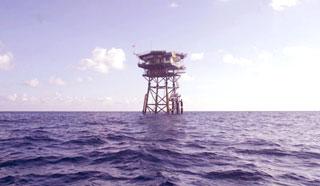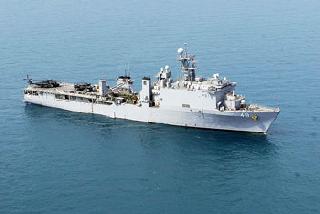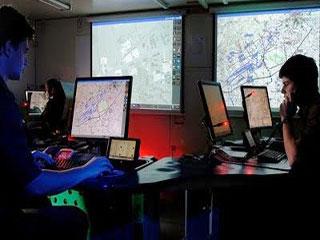
China, which initiated the Jiaolong project in 2002, is the fifth country to send a manned submersible 3,500 metres below sea level after the United States, France, Russia and Japan.
BEIJING (PTI): China's manned submersible 'Jiaolong', successfully reached a depth of 5,057 meters during a test dive conducted in Pacific Ocean Tuesday, State Oceanic Administration (SOA) here said.
The test dive started at 3:38 AM (0108 IST) with the submersible carrying three people to the depth of 5,057 meters in an international area of the ocean.
China, which initiated the Jiaolong project in 2002, is the fifth country to send a manned submersible 3,500 metres below sea level after the United States, France, Russia and Japan.
Tuesday’s achievement means Jiaolong could reach over 70 per cent of the seabed in the world, the SOA said.
The three people onboard and the submersible were in sound condition when it reached the depth of 5,057 metres, and they are now ascending.
Jiaolong, named after a mythical sea dragon, dived to a depth of 4,027 metres with three people aboard in about five hours on Thursday.
But its attempt to reach 5,000 meters in another dive on Friday was postponed due to unfavourable sea conditions.
The craft completed 17 dives in the South China Sea from May 31 to July 18 last year, with the deepest reaching 3,759 metres with three crew members on board.
The SOA said the submersible is expected to have a 7,000-metre test dive in 2012.
The Jiaolong is the world's first manned submersible designed to reach the depth of 7,000 metres below sea level, state run Xinhua quoted Xu Qinan, chief designer of the submersible as saying.
Xu said Jiaolong's equipment was state-of-the-art and its digital underwater communication systems and undersea mobility systems allowed the craft to "move back and forth easily under the sea."
 Previous Article
Previous Article Next Article
Next Article









The Indian Air Force, in its flight trials evaluation report submitted before the Defence Ministry l..
view articleAn insight into the Medium Multi-Role Combat Aircraft competition...
view articleSky enthusiasts can now spot the International Space Station (ISS) commanded by Indian-American astr..
view article